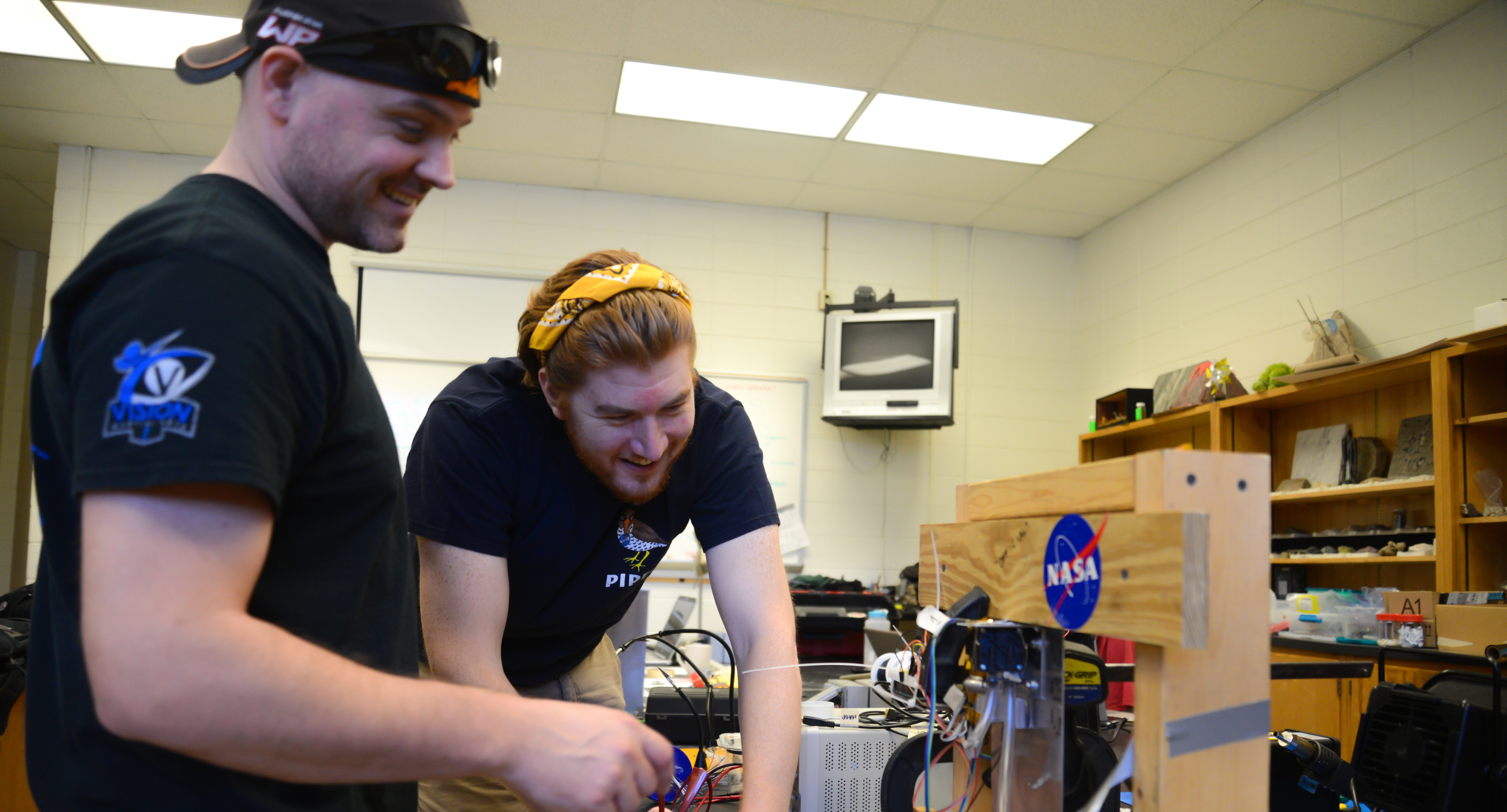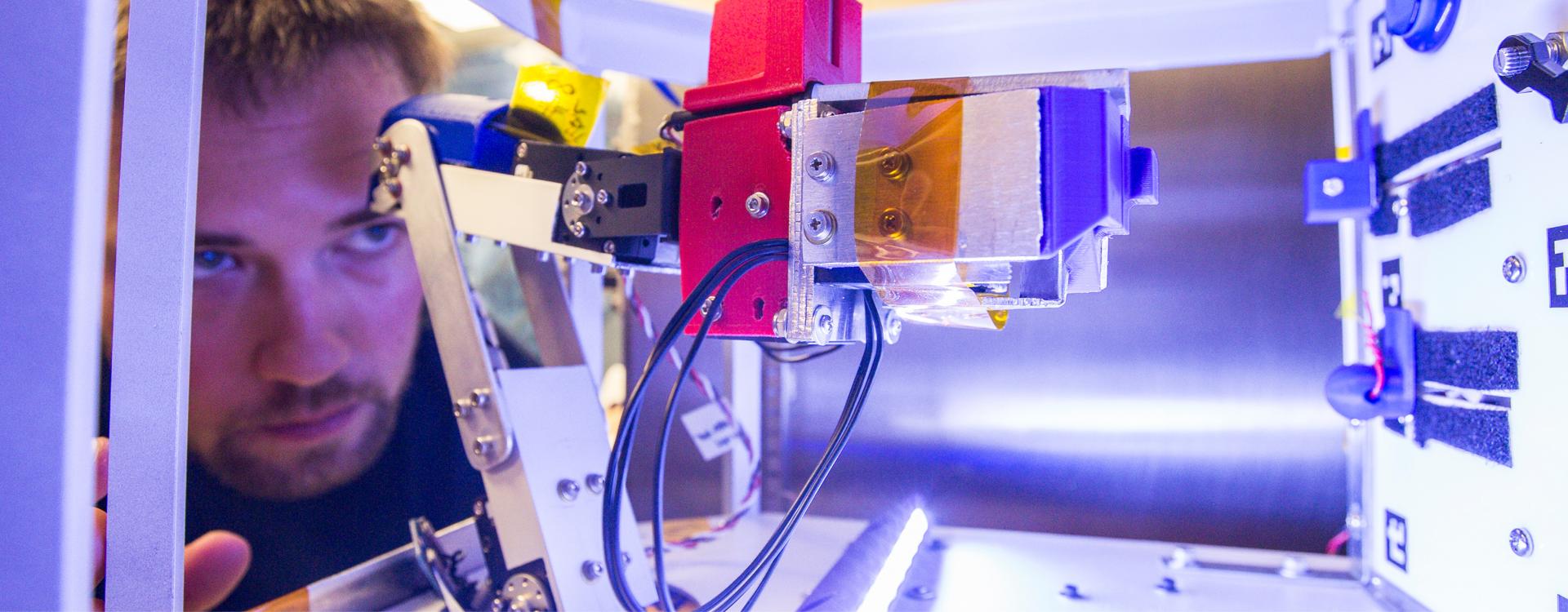Durham Tech to partner with NASA for second consecutive year
 Durham Technical Community College was notified last week of its approval to participate in the NASA High Altitude Student Platform – or HASP project – for a second consecutive year.
Durham Technical Community College was notified last week of its approval to participate in the NASA High Altitude Student Platform – or HASP project – for a second consecutive year.
In partnership with the NASA Balloon Program Office and the Louisiana Space Consortium, the program is designed to foster excitement in aerospace careers and boost student excitement in the industry. HASP will launch 12 student payloads via a platform using an 11.8 million cubic foot high altitude balloon. The massive 2,000 pound platform will include projects from 11 other schools around the country and will ascend to an altitude of more than 22 miles.
A group of 10 current and former Durham Tech students – The Unacceptable Risks – submitted a 60-page application to be one of 12 schools participating in the launch, which will take place Fall 2018 at NASA’s Columbia Scientific Ballooning Facility in Fort Sumner, New Mexico.
“We felt like we put in our best effort on the application, but we knew it was going to be very competitive,” said Julie Hoover, Geology Instructor and Coordinator of Engineering at Durham Tech. “I was stunned when we were accepted with no revisions. I think this vote of confidence really speaks volumes about how much the team learned from the project last year. I’m so proud of them.”
Durham Tech’s payload, Robotic Arm Manipulation and Materials Matching (RAM3), is a robotic arm that will mimic the tasks used to service legacy satellites. RAM3 will be one of four large payloads on the platform that carry the most in weight, size, and power. The robotic arm will have a camera that uses computer vision to complete simple tasks like pressing buttons and flipping switches. Students are currently creating 3D printed prototypes, building the frame, and researching robotic kinematics, computer vision and edge detection.
“Students are using everything that they’ve learned in their math and science classes,” Hoover said. “The work that they’ve put into their education at Durham Tech is being tested, and they are exceeding expectations. The fact that students are graduating, going on to four-year institutions, and choosing to stick around and work with us is a phenomenal testimonial to the academic community that we have here.”
Last year, Durham Tech’s contribution to the platform was the Greenhouse, Ozone, and Atmospheric Trace Gas – or G.O.A.T. – project, which collected sulfur dioxide and atmospheric gas in the stratosphere. The platform was successfully launched on Labor Day.
In the News:
- "Durham Magazine:" Featured in the April issue

